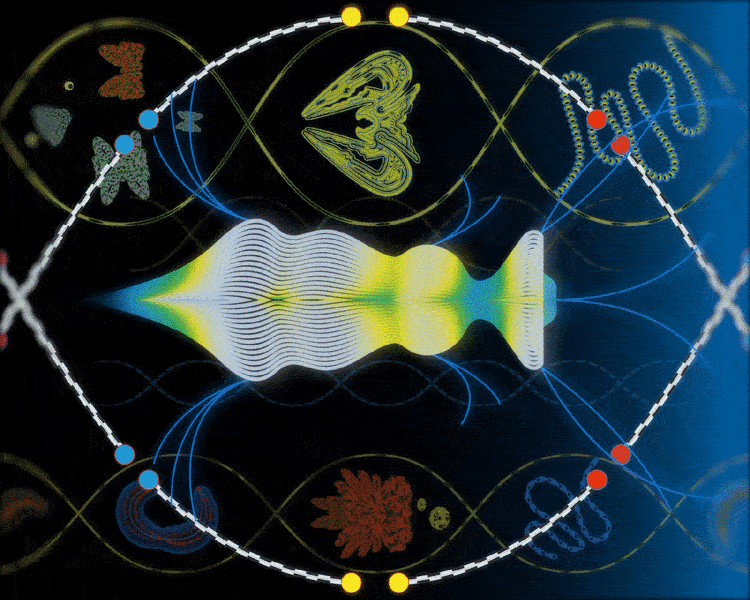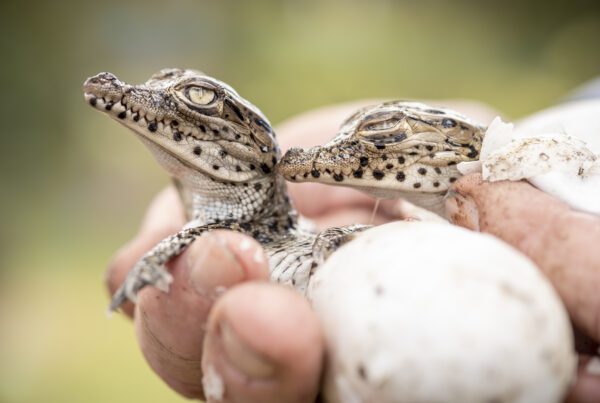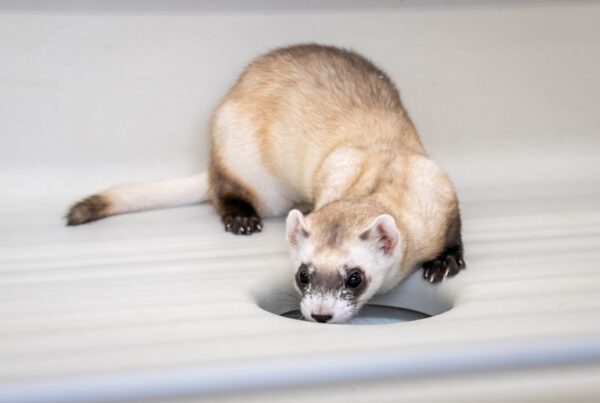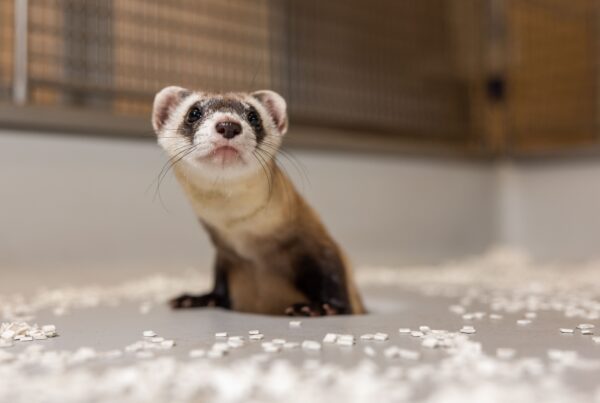
A scientific rescue mission aims to analyze every plant, animal, and fungus before it’s too late. Discover the Earth BioGenome Project with this insightful article by the New Yorker, featuring work from Revive & Restore
Article by Matthew Hutson // The New Yorker
The evolution of life on Earth—a process that has spanned billions of years and innumerable strands of DNA—could be considered the biggest experiment in history.
It has given rise to amoebas and dinosaurs; fireflies and flytraps; even mammals that look like ducks and fish that look like horses. These species have solved countless ecological problems, finding novel ways to eat, evade, defend, compete, and multiply. Their genomes contain information that humans could use to reconstruct the origins of life, develop new foods and medicines and materials, and even save species that are dying out. But we are also losing much of the data; humans are one of the main causes of an ongoing mass extinction. More than forty thousand animal, fungal, and plant species are considered threatened—and those are just the ones we know about.
A group of scientists are mounting a kind of scientific salvage mission. It is known as the Earth BioGenome Project, or E.B.P., and its goal is to sequence a genome from every plant, animal, and fungus on the planet, as well as from many single-celled organisms, such as algae, retrieving the results of life’s grand experiment before it’s too late. “This is a completely wonderful and insane goal,” Hank Greely, a Stanford law professor who works with the E.B.P, explains.
“The Earth BioGenome Project is going to blow the door wide open on conservation genomics.”
Dr. Bridget Baumgartner
Director of Research & Development at Revive & Restore, as quoted in the New Yorker
The Earth BioGenome Project “is going to blow the door wide open on conservation genomics,” Bridget Baumgartner, head of research and development at Revive & Restore, explains. Her project, Wild Genomes, is trying to use DNA for the management of endangered species. In Bolivia, scientists are sequencing jaguars to determine which population individual jaguars came from, and also to track illegal wildlife trafficking. In the Mojave Desert, researchers are comparing the genomes of trees that survive in different temperatures, so they’ll know which individuals of that species could be planted in other places as the climate changes. And, in the archipelago of Indonesia, binturongs have been rescued from smugglers and returned to their specific island of origin, which can be determined through DNA.
The other part of Revive & Restore aims for the de-extinction of lost species such as the passenger pigeon, with help from the genomes of living animals. Much of the funding for this work originally came from wealthy Bay Area tech investors—“not the typical conservation funder,” Ryan Phelan, Revive & Restore’s executive director and co-founder, said—but increasingly comes from governments.
More posts in News & Media






